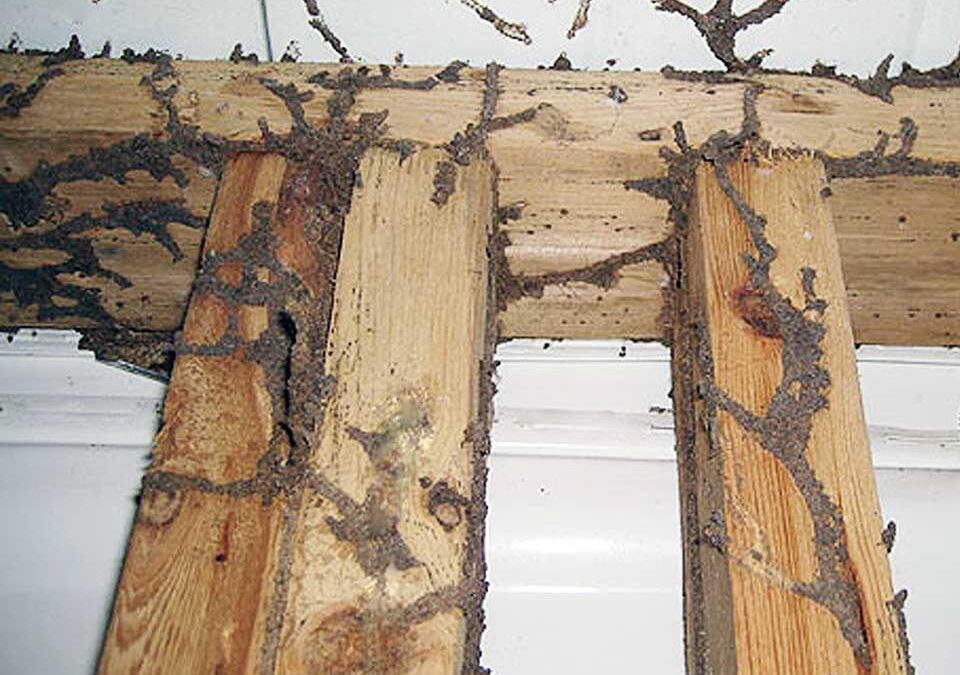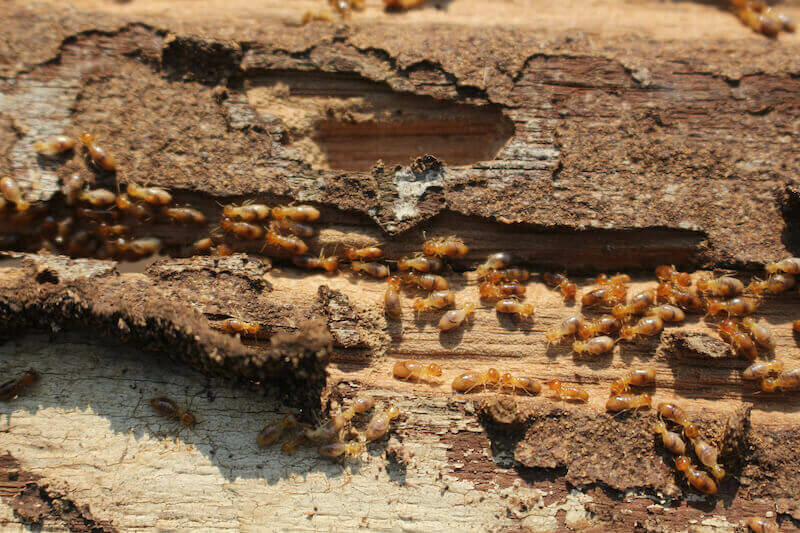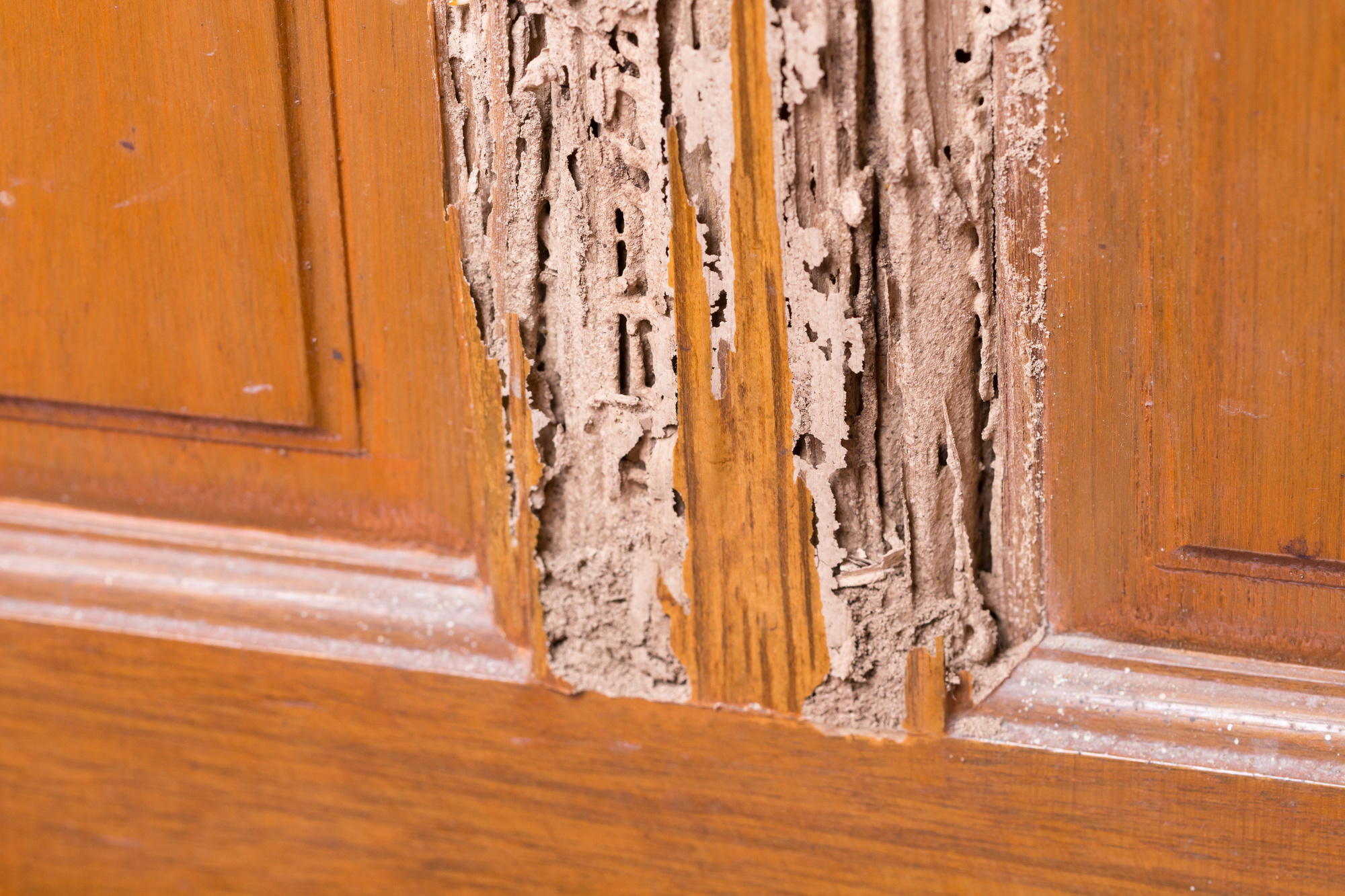Termite Treatments in Florida
Exterminator Services for Tallahassee, Quincy, Crawfordville
Termites represent one of the most serious pest threats in Florida, silently feeding on wood from inside and causing ongoing structural damage if left undetected. In places such as Tallahassee, Quincy, and Crawfordville, the warm and sometimes damp environment offers termites the ideal chance to remain active for much of the year. Once they gain a foothold in a building, they often multiply quietly until the extent of the damage becomes costly. Below, you will learn why termites flourish in Florida, how to recognize an infestation, and why professional termite treatments in Florida with a trusted termite exterminator remain essential for thorough removal. You will also discover helpful guidance on denying termites an easy return.
Why Termites Multiply in Florida
- Warm Temperatures
Florida rarely experiences the frigid winters that might reduce termite numbers in some regions. Mild to hot conditions let them feed, breed, and spread across wooden structures for most of the year. - Dampness and Humidity
Termites often rely on moisture to survive. Whether it is damp soil for subterranean termites or slight water intrusion for drywood termites, Florida’s climate makes it easier for them to maintain needed humidity levels. - Wide Availability of Wood
Many Florida homes use wood in framing, fences, or decks. Unprotected wooden elements that come into contact with soil allow subterranean termites to move from their underground nests to feed on these structures. - Consistent Movement of Goods
Some drywood termites hitchhike in furniture or wooden items. Shipping and travel can introduce new termites to otherwise protected locations, expanding the potential risk.

Common Signs of Termite Infestation
- Mud Tubes
Subterranean termites build pencil width tubes along foundations or walls for protected travel between their nest and the wood they feed upon. - Discarded Wings
Termite swarmers shed their wings after mating flights. Small piles of transparent wings on windowsills or floors often mean a termite presence nearby. - Frass or Pellets
Drywood termites expel small, pellet shaped droppings called frass. These tiny mounds can show up on windowsills or at the base of infested wood. - Hollow Sounding Wood
Termites consume wood from the inside, leaving a thin outside layer. Tapping beams or floors that sound hollow may indicate concealed tunnels. - Bubbling or Uneven Paint
If termites feed close to a wood surface, the paint or wallpaper might form bubbles or appear slightly distorted, sometimes mistaken for water damage.
Why Termites Are Serious
- Structural Weakening
Over time, undetected termites can compromise important beams or supports, jeopardizing a building’s integrity and raising repair costs. - Widespread Nesting
Large subterranean colonies sometimes span many yards or connect to multiple feeding sites. Failing to eliminate the entire nest means new swarms might keep reappearing. - Financial and Emotional Impact
Fixing termite damage can strain budgets. Homeowners often experience stress upon realizing hidden termite activity might have undermined floors or walls. - Commercial Risks
Businesses found with termite issues can lose customers or face profit drops if significant repairs disrupt operations.

Why You Need a Termite Exterminator
Simple sprays rarely reach all the termite galleries inside wood or deep in soil, letting the colony survive. A trained termite exterminator identifies the termite type, whether subterranean, drywood, or dampwood, then chooses the right method. Some solutions include liquid barriers around foundations, bait stations that target the entire colony, or possibly tent fumigation for heavy drywood termite invasions. The professional approach also addresses dampness or wood to ground contact that invite termites. This broad strategy ensures more lasting protection than partial do it yourself solutions.
Our Termite Treatments in Florida
- Inspection
We start by examining both the outside and inside. Outside, we look for mud tubes or wood to soil contact. Inside, we search for droppings, hollow sounding wood, or loose wings. Recognizing the species helps shape the removal plan. - Targeted Methods
We may trench around the foundation to apply a liquid barrier for subterranean termites, install bait stations that worker termites bring back to their nest, or use fumigation if drywood termite activity extends throughout multiple beams. Each structure and termite type gets its own specific plan. - Safety and Precision
Residents might need to leave briefly if full structure fumigation is used. For soil treatments or localized spot fixes, people stay home after the product dries. Our careful product placement reduces occupant exposure, focusing on termite paths. - Follow Up
Termites sometimes return if new cracks appear or if damp conditions remain. We recommend yearly or twice yearly checks to catch fresh signs. Occupants can also reduce moisture by fixing leaks or venting crawl spaces, limiting future termite interest.
Termite Issues in Tallahassee
Tallahassee’s development and relatively moderate climate let both subterranean and drywood termites thrive. Properties with older wood frames or hidden foundation gaps can unknowingly host entire colonies. Our termite exterminator work in Tallahassee often uses trenching and rodding the soil around bases or applying bait stations that kill the nest from within. Drywood termites might need local spot treatments or full fumigation if activity is extensive. After eliminating the colony, occupant steps like removing dead stumps near the structure or ensuring no standing water rests against walls guard against reinfestation.
Quincy and Crawfordville
Quincy and Crawfordville each have plenty of rural or suburban landscapes where damp soil and wood contact occur, drawing in subterranean termite swarms. If owners see discarded wings on windowsills after mating season or suspect drywood termites in attic beams, we check carefully for the primary colony. Subterranean termites might be best handled by applying liquid termiticides in a trench, while drywood infestations might require spot injections or tenting for larger problems. We then advise on sealing cracks, storing wood away from the house, and keeping dryness in basement or crawl spaces to avert more termites.

How to Prevent Termites Ongoing
- Elevate Wooden Parts
Keep fencing, support posts, or deck beams from touching soil directly. Using concrete footers or metal brackets lifts them away from termite reach. - Fix Moisture
Plug leaky pipes, unclog gutters, and vent enclosed areas so dampness does not collect. Damp wood invites termite feeding. - Seal Cracks
Use caulk or other materials to block gaps along foundations, windows, and roof lines. Drywood termites can enter through tiny openings. - Remove Debris
Clearing yard scraps like old lumber or tree stumps denies termites an easy place to start a colony before moving into the home. - Store Wood Properly
If you keep firewood or scrap timber, raise it off the ground and keep it several inches away from exterior walls. Closer contact is a direct path for termites.
Contact Us for Lasting Termite Control
Are you seeing mud tubes, finding wing piles, or noticing hollow sounding wood? Prompt action saves on repair costs. Contact us to learn more or schedule your service. Our termite treatments in Florida unite professional inspections, customized solutions such as bait stations or fumigation, and occupant advice on moisture or wood maintenance. Whether your property is in Tallahassee, Quincy, or Crawfordville, our methods remove present colonies and block new ones from appearing. Together, this strategy protects your home or business from further termite feeding.
Securing a Termite Free Space
Though Florida’s climate benefits termite survival, a proactive stance and expert termite exterminator steps keep them from ruining your structure. Early detection of mud tubes, frass, or wings allows a faster resolution before major wood damage occurs. By pairing proven termite treatments with occupant routines like fixing leaks and limiting wood to soil contact, you reduce termite attractions. Residents in Tallahassee, Quincy, or Crawfordville can maintain peace of mind, knowing their property stays more secure against future swarms seeking damp wood.
